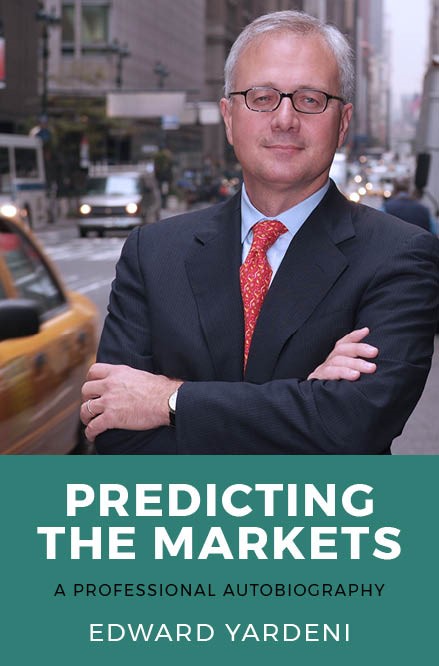One Size Doesn't Fit All, So How Does Your Book Measure Up? Hot
After my last cross-country trip, I’ve been thinking a bit about how and why advisors compare their practices to each other and to the industry as a whole.
Every advisor is different for exactly the same reasons that every client is different. We all have a different set of career goals, personal priorities, and areas of professional expertise that make our businesses unique.
But while it’s probably impossible to create a single standard to fit all advisors, it’s also true that unless you can measure something, it’s really hard to improve it.
And it’s especially hard to find an institutional environment that really fits into your professional life if you don’t know how “big” your business really is -- or at least how efficiently you work with what you have.
One set of benchmarks, Russell’s Advisor Health Index tools, doesn’t even ask advisors their total AUM or how many clients they have.
According to Russell’s research, the average solo practitioner generates about $5,000 a year in production per $500,000 client, which translates into 0.9% to 1.0% of AUM.
These are just averages. But what’s interesting is that it doesn’t matter how many years you’ve been in the business or what your compensation model is.
Big or small, old or young, fee-only or commission-driven, if you’re a solo operator and your clients aren’t earning you at least that much in annual revenue, you’re leaving money on the table.
Where multi-advisor shops are concerned, things scale fast when you move up toward the publicly traded IBDs and wirehouses.
On average, “small” multi-advisor brokerage practices and RIAs -- those with under $2 million in total annual production, no matter how many advisors are on the team -- generate just $4,000 a year from each client for a total return of 0.6% to 0.8% of AUM.
Maybe their business model is holding their advisors back, or maybe they’re simply unable to compete effectively for big clients. Maybe they’re just start-ups with relatively young advisors and clients. Russell doesn’t say.
Either way, if you’re a young advisor whose clients aren’t quite in that $500,000 range and you’re not charging at least 0.9% to 1.0% on those assets, a team like this could make a comfortable fit and an even better place to grow.
By the time a firm reaches $5 million in revenue, Russell expects each advisor to be servicing $3.7 million accounts -- throwing off $30,000 a year per client.
If you see your book reflected in these numbers, you really have no business joining a smaller firm -- technically, they should probably be joining you.
Should you aim high or low? When we find relationships for advisors on the move, we find that it’s a matter of temperament.
Especially ambitious advisors tend to seek out new institutional relationships where they’re a little smaller than average so they can grow into the platform. Others like the comfort of an environment where they’re a little bigger than average.
At the end of the day, this is where benchmarking has to stop and personal preference comes back into play. The numbers can only tell you whether you’re bigger or smaller than “average” at a given IBD or RIA. We’ll talk about the rest next time.









